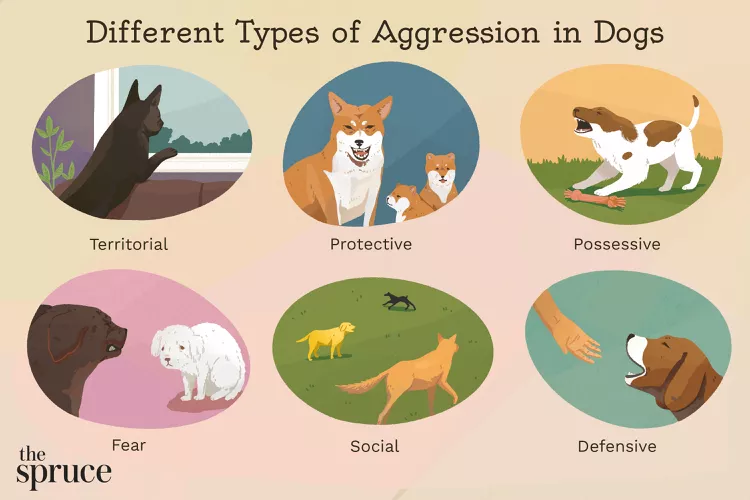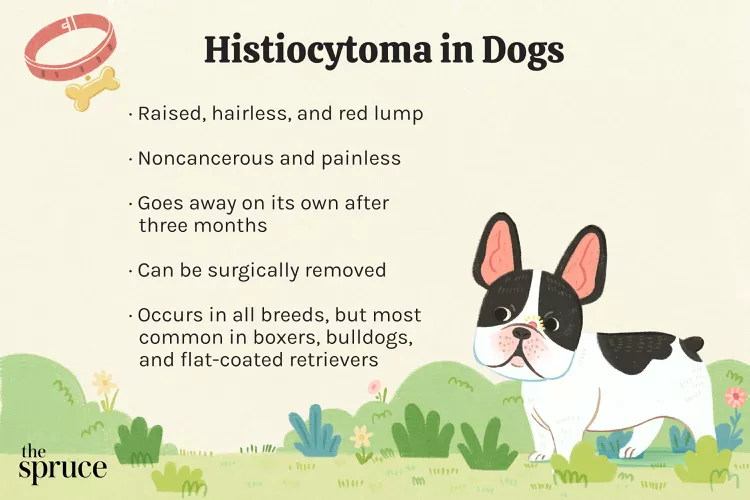
If you notice a lump on your cat, a fibrosarcoma is one of many possible causes. A fibrosarcoma is a type of soft-tissue sarcomas, a group of tumors that most commonly comes from soft tissues like fat, nerves, blood vessels, muscles, or tendons. Fibrosarcomas are rare cancerous tumors that typically develop on or under a cat's skin. The lump will likely be located on the hip, back, or shoulder blades and will be hard to the touch. Sometimes these may develop around injection sites. In the beginning, the lump won't be painful, but if untreated and metastasized, your cat will become very sick.
Learn more about what causes these soft-tissue tumors in cats and common treatment plans.
A fibrosarcoma is a type of cancerous, soft-tissue tumor that can occur in cats. Soft tissue sarcomas usually form within connective tissue, muscle, or fat under a cat's skin but can also develop in the mouth, nasal passages, and rarely on the spleen. The term "sarcoma" accounts for several different types of tumors. These tumors can grow quickly but, more often than not, are slow to develop. Most fibrosarcomas are very invasive in local tissues, but the risk of spread to other organs is relatively low. Even high-grade, advanced tumors metastasize in only 25% of cats.
Injection-site sarcomas often form at a place on your cat's body where a vaccine has been given. Though the reason for this isn't entirely clear, studies also show that in some cats, the process of receiving any substance into the skin is enough to induce inflammation related to the development of fibrosarcoma.
The clearest indication of fibrosarcoma in a cat is the presence of a lump below the skin. There can be other types of lumps besides sarcomas. Inflammation and swelling can occur at the site of vaccines as the body mounts a local immune response that may not be a type of tumor but should be monitored carefully, and checked by a veterinarian if still present four weeks after vaccination. Lumps can vary in presentation and are sometimes accompanied by other symptoms.
A lump under your cat's skin is the best indicator of possible fibrosarcoma. A fibrosarcoma lump is firm and usually feels fixed to the tissue below the skin. The mass is likely not painful to your cat but can become infected and ulcerated if untreated. These lumps commonly occur at vaccine sites, so pay attention to growths at areas on the cat's body where vaccines have been administered, such as the shoulder blades, hips, limbs, and tail.
Sometimes, fibrosarcomas can develop in a cat's oral tissue, and the masses can break open and bleed. Cats with oral fibrosarcoma may experience tooth loss, excessive drooling, and inability to eat.
Fibrosarcoma can form in a cat’s nasal passages, which can cause congestion, sneezing, and difficulty breathing. This can eventually cause a nasal discharge that may or may not have a blood-tinged appearance.
If fibrosarcoma has metastasized or is not treated, your cat will likely exhibit systemic signs beyond the lump, such as lethargy, decreased appetite, difficulty breathing, or pain. Without the presence of a lump, these symptoms are not necessarily related to cancer. Splenic fibrosarcoma typically goes undetected until the mass ruptures and causes internal bleeding. This may cause a sudden onset of pale gums, rapid heart rate, weakness, and collapse. The abdomen will begin to appear bloated as the internal bleeding continues.
There are several suspected causes of sarcomas, but there is usually no single explanation, like most types of cancer.
To properly diagnose your cat's growth, your vet will perform a physical exam and administer tests like chest x-rays, bloodwork, CT scans, and biopsies. Typically, the diagnosis begins with a fine needle aspirate, when a needle is inserted into the mass to obtain a cell sample for evaluation. Depending on the stage of the cancer, your vet will determine the best diagnostic plan for your cat.
Treatment for fibrosarcoma and other soft tissue cancers usually necessitates surgery, which may be followed by radiation therapy or chemotherapy. Mass removal surgery isn't always effective in removing cancer entirely because of the extent of the invasiveness of the tumor. Often, amputation is the best method for guaranteeing the complete elimination of cancer. Even when surgery is effective, some vets recommend proceeding with chemotherapy for additional protection, though the most effective type of chemotherapy hasn't been fully established. If the fibrosarcoma has spread, it will be much more challenging to treat.
The prognosis for cats with injection site sarcomas varies based on the stage and spread of the mass. Typically, fibrosarcomas are difficult to treat, and a cure is unlikely. Like all cancer treatments, the earlier a tumor is detected and treated, the longer your cat is likely to survive. Without complete removal of the fibrosarcoma with surgery and radiation therapy, it is very likely to recur within a year. However, if the tumor is removed completely, there is a 50% chance that it won't come back, even after several years.
Because of the correlation between injections and sarcomas, it's beneficial to discuss which vaccines are necessary for your cat with your veterinarian. Following your veterinarian's recommendations for vaccines will help limit the potential of injection inflammation that could lead to fibrosarcoma. However, you should not avoid vaccinating your cat in general.
While not preventative of injection-site fibrosarcoma, the AAFP Feline Vaccination Advisory Panel recommends administering vaccines on a cat's lower limbs and tail limbs rather than the back or hips. This allows for the option of amputation if a fibrosarcoma does develop.
Some owners choose not to put microchips in their cats to avoid inflammation that may lead to an injection-site fibrosarcoma. There are alternatives to microchips like GPS tracking collars, but a microchip is still the most reliable way for others to identify your cat.
When a fibrosarcoma occurs, it is sometimes at a vaccine site. The relationship between vaccines and fibrosarcomas is not entirely understood, but there are steps you can take to lower the risk of a tumor developing.
The lump will be hard to the touch and immovable. Touching the lump won't hurt your cat, but it will become painful if left untreated.
Amputation, if possible, is the best way to ensure that cancer doesn't spread. Ideally, the fibrosarcoma will be located on a limb so that it can be amputated; otherwise, your vet will use a combination of removal and radiation therapy or chemotherapy.

Cute Pictures & Facts About Calico Cats & Kittens
Learn fascinating facts about calico cats, including photos, the genetics behind this color combination, and common folklore and traditions.
How to Prevent Cat Separation Anxiety During Vacations
Discover why cats develop litter box problems and cat behavior problems when you go on vacation and what you can do about it to help them.
Cat Behavior Changes That Might Mean Something's Wrong
Cats' behavioral changes may indicate problems—or they may mean nothing at all. Explore causes of odd behavior and what to do about them.
Lhasa Apso: Dog Breed Characteristics & Care
The Lhasa apso is an ancient breed from Tibet that was bred to be a watchdog. Learn about its history, health, exercise needs, and more.
Reasons Why Dogs Run Away and How to Stop It
Dogs can escape, especially if they’re bored and not properly contained. Here are some techniques for stopping your dog from running away.
Can Dogs Get Depression? How to Help Your Sad Dog
Can dogs get depression? Learn about the signs of depression in dogs and find out how to help your sad dog.
How to Stop Aggression in Dogs
Dog aggression can be a serious behavior issue for pet owners. Learn how to stop aggression in dogs before someone gets hurt.
How to Stop Your Dog From Growling
A growling dog can soon become even more aggressive. Reduce the noise and potential for a dangerous situation with some of these techniques.
Why Do Dogs Dig Holes? How to Stop Your Dog from Relandscaping Your Yard
Dogs have been digging holes for centuries and for many reasons. Whether they’re bored or want to cool off in the dirt, here are the top reasons why dogs dig holes.
Dog Treat Varieties
Learn about the different types of dog treats on the market and decide which are best for your dog.
Can Dogs Eat Asparagus?
Dogs can eat asparagus, provided the vegetable is cooked plain and cut up for them. Seasonings, salt, and butter make it unhealthy for dogs.
Histiocytomas in Dogs
A histiocytoma is a type of benign (non-cancerous) skin lump that usually affects young dogs. Learn the causes, treatment, and prevention.
Why Is My Dog’s Eye Swollen?
If your dog's eye is swollen, she may need veterinary attention. The inflammation could be caused by allergies, an injury, or even a tumor.
Common Bugs and Parasites Found on and Inside Dogs
Learn about common types of parasites in dogs. Find out how to treat and prevent parasites to keep your dog, your family, and yourself safe.
Exploring the Different Types of Pet-Friendly Beaches
Are you looking for pet-friendly beaches? Learn about the different types of pet-friendly beaches, their locations, and tips for visiting them with your pet.
10 Obscure, Little-known Canine Facts in Honor of National Dog Day
With National Dog Day upon us, it's time to celebrate everything about our favorite pets—even the weirder stuff. Here are 10 obscure facts about dogs you probably didn't know.
Kitten Development From 3 to 6 Months Old
Kittens grow and change a lot during their first year. Find out what happens between the ages of three months and six months old.
95 Siamese Cat Names
Our list of Siamese cat names has diverse and fun options to help you choose the ideal moniker for your elegant and lovable feline companion.
What to Buy for Your New Cat: A List of Essentials
Before you bring your new cat or kitten home, there are a number of things to collect or buy so your cat will feel welcomed like a family member.
The 6 Best Cat Nail Clippers of 2024 for a Safe Trim
Clipping your cat's nails can save your furniture and keep your kitty comfortable. We asked veterinarians for their cat nail clipper recommendations.